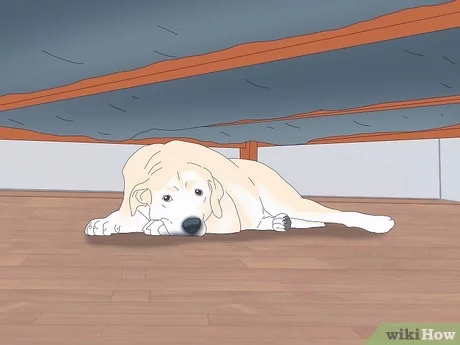Can You Socialize An Older Dog
As a dog owner, you may have found yourself in the situation of adopting an older dog. While these furry friends can bring so much joy and companionship into our lives, they may come with their own set of challenges. One of which is socializing them.
The good news is that it’s never too late to socialize an older dog. With patience, consistency, and proper training techniques, you can help your furry friend become more comfortable around people, other dogs, and new environments.
Let’s dive deeper into the topic of socializing an older dog and explore some tips and tricks that can make the process smoother for both you and your furry companion.
Understanding Your Dog’s Personality
Before we delve into the specifics of socializing your dog, it’s essential to understand their personality. Every dog has its unique character traits that will influence how they react to different situations.
For instance, some dogs are naturally shy and introverted, while others are outgoing and energetic. It’s vital to identify what type of personality your dog has so you can tailor your approach accordingly.
If your dog is shy or anxious, it’s crucial to take things slow when introducing them to new people or environments. Rushing things could cause them to become overwhelmed and frightened.
On the other hand, if your dog is social and friendly, they may be more receptive to meeting new people and dogs.
Start with Basic Training
Socializing an older dog requires a solid foundation of basic obedience training. Before introducing them to new people or environments, make sure they have mastered commands like sit, stay, come, and heel.
Basic training helps build trust between you and your furry companion while also preparing them for more advanced socialization exercises.
Introduce Them Gradually
When introducing your furry friend to new people or environments, it’s essential to take things slowly. Start with familiar faces, like family members or close friends who know how to handle dogs.
Gradually increase the number of people your dog interacts with, always monitoring their reaction and body language.
Similarly, when introducing your dog to new environments, start with quiet and low-stress locations. For instance, take them to a quiet park or a dog-friendly coffee shop before venturing into busy dog parks or crowded areas.
Positive Reinforcement
Positive reinforcement is a crucial aspect of socializing an older dog. Rewarding your furry friend for good behavior will help build their confidence and create positive associations with new situations.
When you introduce your dog to new people or environments, offer them treats or praise when they react calmly and positively. This will help them understand that new experiences are enjoyable and safe.
Be Patient
Socializing an older dog can be a time-consuming process that requires patience and consistency. Don’t expect overnight results; it may take weeks or even months for your furry friend to become comfortable in new situations.
It’s essential to remain patient and consistent during the socialization process, providing your furry friend with the support they need to succeed.
Conclusion
In conclusion, socializing an older dog is possible with patience, consistency, and proper training techniques. Understanding your dog’s personality, starting with basic training, introducing them gradually, positive reinforcement, and being patient are all critical components of socialization.
Remember that every dog is unique and may require a different approach to socialization. It’s essential to tailor your approach based on your furry friend’s personality traits and needs.
By following these tips and tricks, you can help your furry companion become more comfortable around people, other dogs, and new environments. Happy socializing!



